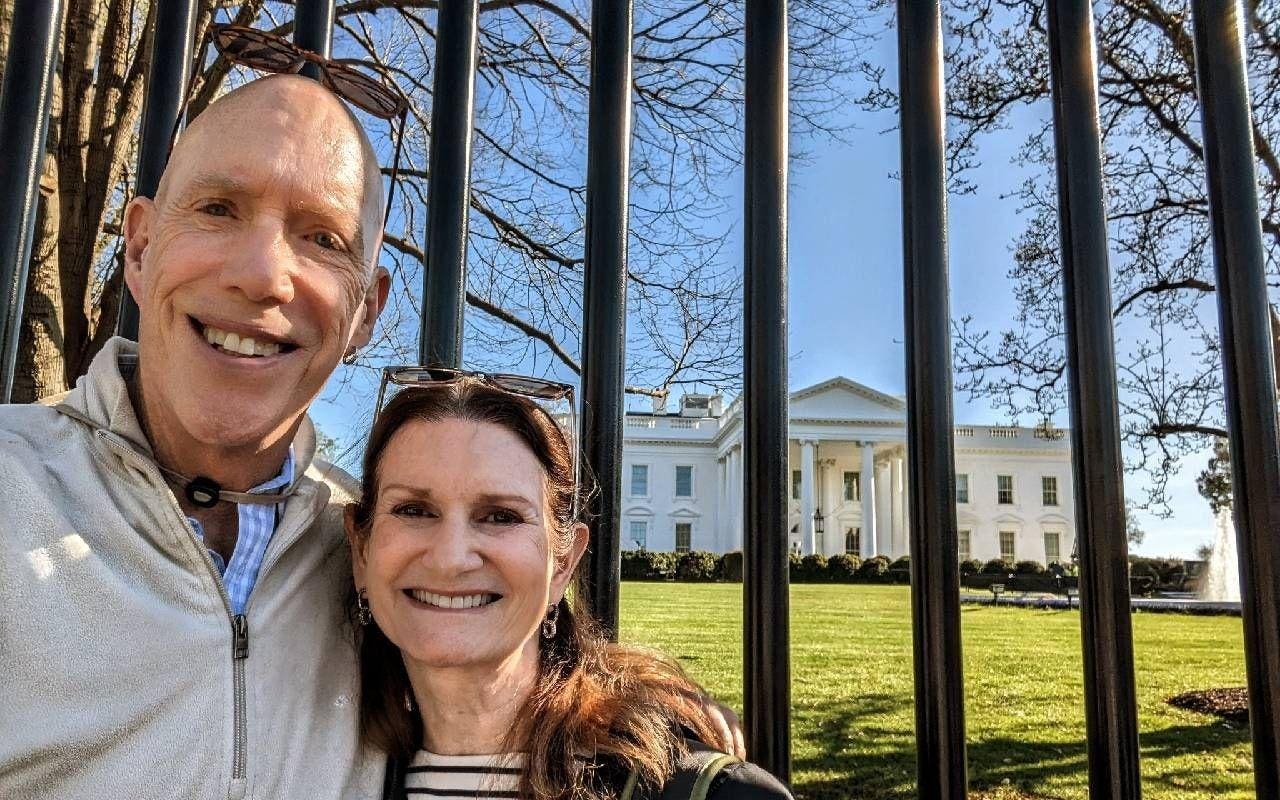By Edd and Cynthia Staton, Next Avenue
As retirement approaches, you must face the question, “What is the best age for me to claim Social Security?”
Experts declare that you should avoid taking reduced payments at age 62 unless you need the money immediately or have health issues that may shorten your lifespan.
They almost unanimously advise waiting until full retirement age (66 and 6 months in 2024) to receive 100% of benefits earned. Postponing until the maximum payout at age 70 is even better, since 8% is added to your monthly check for each year you delay.
A Missing Term In The Equation
From a purely financial perspective, the logic is irrefutable. But there is another asset often ignored. One that could be considered even more valuable than money because it is constantly being spent and can never be saved.
Time.
We both started receiving Social Security at 62, and it has turned out to be one of the best decisions we have ever made. Well, actually the choice was made for us when the Great Recession of 2008 swept away our careers and much of our net worth.
Had what seemed at the time like a calamity not happened, we would have most likely followed conventional wisdom and kept working to save more money. Instead we took a leap of faith, moved abroad to a lower cost of living, and found ourselves staring at a blank canvas titled “Our Future” far sooner than planned.
It is said there are three phases of retirement — Go-Go (age 60 to 70), Slow-Go (70 to 80) and No-Go (80 and up). We hit the ground running at the beginning of our Go-Go period, and what an unexpected blessing those extra years have turned out to be in the following important aspects of life.
Improved Health
It is estimated that 7 out of 10 Americans aged 65 and older will need some form of costly long-term care. The most proactive way to be among the 30% who avoid this expense is by optimizing your health.
Full-time workers have trouble finding enough hours in their schedule for fitness and healthy food preparation. A recent study reveals only 25% of American adults meet CDC exercise standards, while another indicates a paltry 10% eat enough vegetables.
Early retirement provides an opportunity to jump start improving one’s health. In addition to our pedestrian lifestyle (we haven’t owned a car for 14 years), devoting time each week to strength training, yoga and cardiovascular exercise keeps us in outstanding physical condition. Creating nutritious meals filled with lots of fresh fruits and vegetables is a fun activity instead of a chore.
Less Stress
According to the American Psychological Association, stress is at an all-time high in the United States. At the same time, research from Age Wave and Merrill Lynch reveals that retirement is the happiest and most content period of our lives.
Our experience certainly mirrors those findings. Leaving behind financial worries and the daily grind by retiring early has rewarded us with bonus years to expand our social network and pursue long-postponed activities and new interests.
More Time With Grandchildren
Before moving to Ecuador we lived three time zones from our family. That travel distance combined with limited vacation days made visits shorter and less frequent than we desired.
Now, even though our residence is on a different continent, we have been fortunate to spend weeks at a time each year being with our grandchildren as they’ve grown from infants to pre-teens. This level of connection would have been difficult with only occasional long weekend trips.
Active Travel
We can share from a travel perspective that the Go, Slow and No-Go periods are accurately described. During the first decade of early retirement we flew back to the States multiple times each year as our four grandchildren were born. Between visits we explored Ecuador, cruised around the tip of South America, and spoke at conferences throughout Latin America.
Post-Covid, we recently concluded a full-time travel adventure of 2½ years to Mexico, Europe, Colombia, Argentina and locations within the United States. Now squarely in the Slow-Go years, we are acutely aware that the level of activity we sustained for over a decade is no longer possible despite being in excellent health.
Our bank balance would without a doubt be higher if we could have waited until age 67 or 70 to begin collecting Social Security. Yet looking back, how thankful we are to have retired early and been able to share so many priceless memories during those initial retirement years.
How Long You Live Vs. How Much
As you contemplate when to begin receiving Social Security benefits, carefully envision your ideal retirement. What do you want to accomplish, see and do? If you intend to work until the maximum retirement age of 70, keep in mind that the Social Security Administration estimates that American men who reach that age are likely to live another 13½ years, on average; American women, almost another 16 years.
Keeping this information in mind, be realistic about your physical capabilities when making plans. Do you really want to spend the most active years you have left in the office and your entire, extended retirement in your Slow-Go and No-Go years? How unfortunate it would be to devote your Go-Go years to the workplace, only to find yourself having to use the extra income to pay for health issues instead of enjoying those activities you’ve looked forward to.
It is tempting to fear you can never accumulate sufficient assets to retire comfortably. Instead, consider asking yourself, “How can I manifest the future I’ve dreamed of with what I have?”
Discovering ways to make more money in retirement is possible. But you can never create another minute of precious time.
Read the full article here










